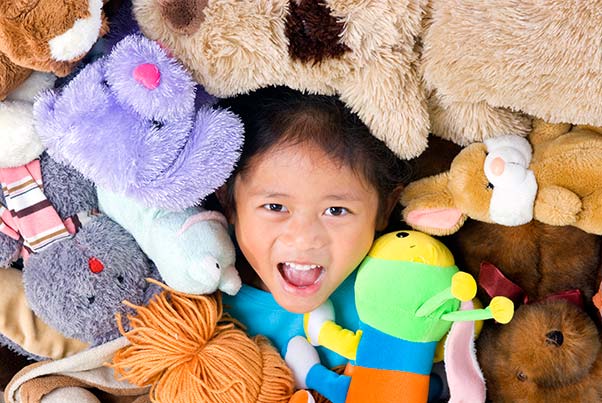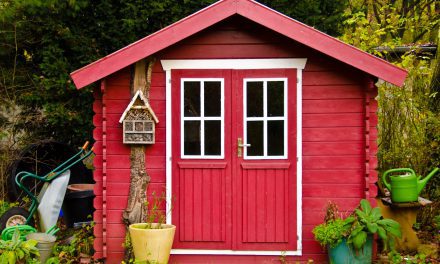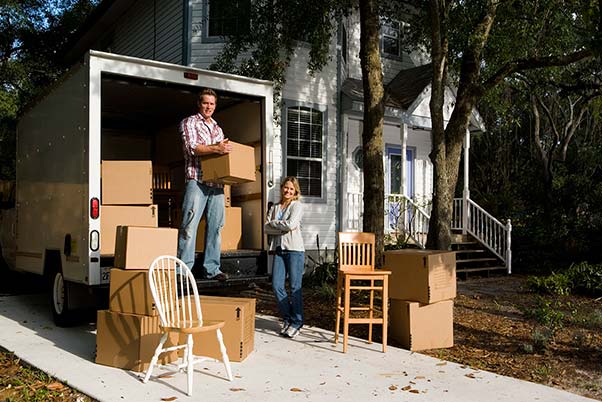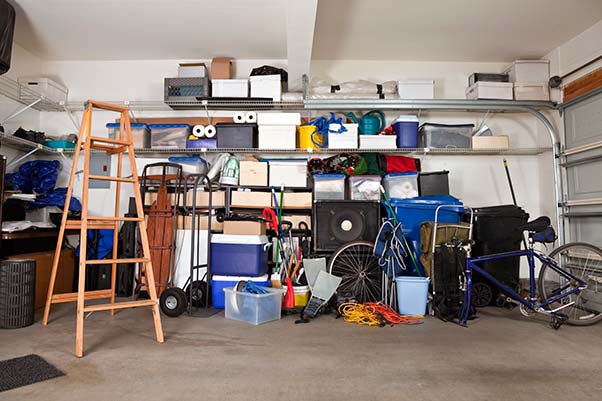It’s the natural order of things, rather like the change of seasons, the coming of the full moon, and holiday treat over-indulgence! If you have children in your house, the post-holiday toy invasion has occurred, and you’re losing the battle for control.
The sad truth is, by one means or another, you’re going to have to thin out the mass of toys, games, books, and stuffed animals that feel as if they expand overnight. This can be tricky!
The first thing to remember is that kids learn by example, so you know what that means: the adults in the house are going to need to set a visible standard. A fairly simple way to take this preparatory step is to have a shared discussion with the kids about clearing out closets or toy chests, etc. Then get them involved in helping you attack the situation, and voila: they will be primed to act similarly with their stuff.
Tips for Clearing out Kids’ Toys
Choices Set the Stage
Now is a good time to talk with your child about how he or she has been growing and maturing over the past number of months. Let them know how excited you are that they are doing such a great job of growing up. Ask them what toys they haven’t played with for a while and suggest that it might be nice for another younger kiddo to have a chance to play with that outgrown item. Sometimes this activity needs to be done 2 or 3 times to attain your desired outcome because some little ones have a problem with giving things up.
It may be helpful at this stage to mention that there are lots of families that have rigid rules about controlling undesired over-accumulation of stuff. Some operate on the “1 only” standard: only 1 car, 1 doll, 1 stuffed toy. This seems pretty arbitrary, and undoubtedly will not be embraced by two sets of grandparents who are anxious to shower their grandkids with all kinds of good things. You may also remind your child that a lot of families operate on the rule of “one thing comes in, and another goes out” and that this is a handy way to be certain your home is comfortable, not cramped. This rule is frequently used after the abundant receiving of holiday or birthday gifts! In this context, your kids may be happy to comply with discarding a few of their outgrown toys.
The Next Step
What is to be the destination of the bags/boxes of toys? If there are younger children in the family (or are anticipated to be coming!), this is a no-brainer. If you are among the lucky few to have lots of in-house storage, the problem is solved. If, however, you are like a lot of us, this may be the prime opportunity to get yourself the offsite storage unit you’ve been thinking about. Then, simply pack the toys up well and head off to your new storage unit with them! But if you plan to discard them, some ideas are:
- Set up toy rotations with a group of friends. You can do these a few times a year, and of course, they work best for kids of varying ages. It’s also a great money-saver (always a good thing).
- Have a toy sale, on your own or with neighbors and friends. A themed sale like this will be a big draw in your community!
- See if your child’s school, preschool, or Sunday school might support a parents’ fundraiser to sell gently-used toys to help support school activities. Better yet, make it toys and baked goods, and you’ve got an immediate winner!
- Donate! If your child has a favorite younger cousin or best friend, let that boy or girl be the happy recipient of a bunch of fun stuff. Or, take your child along with you to a charitable group that offers resale items for less fortunate people. Use it as a wonderful learning experience in developing, even at a tender age, the empathy we all need to possess.
The Last Resort
If you find that your little one simply cannot bear the idea of parting with his or her things, the sad truth is that sometimes things “go missing.” Let’s hope you don’t have to resort to what one writer has described as furtive trips to Goodwill and Salvation Army drop-offs with kids’ toys hidden in her car trunk.
Finally, be fully prepared for your child to make what may appear to be a completely irrational choice of a toy that “must be kept.” Adults make irrational decisions all the time, so we should expect nothing less of our children! Twenty years downstream when that toy is still in their house, you’ll see how much it meant to them.










